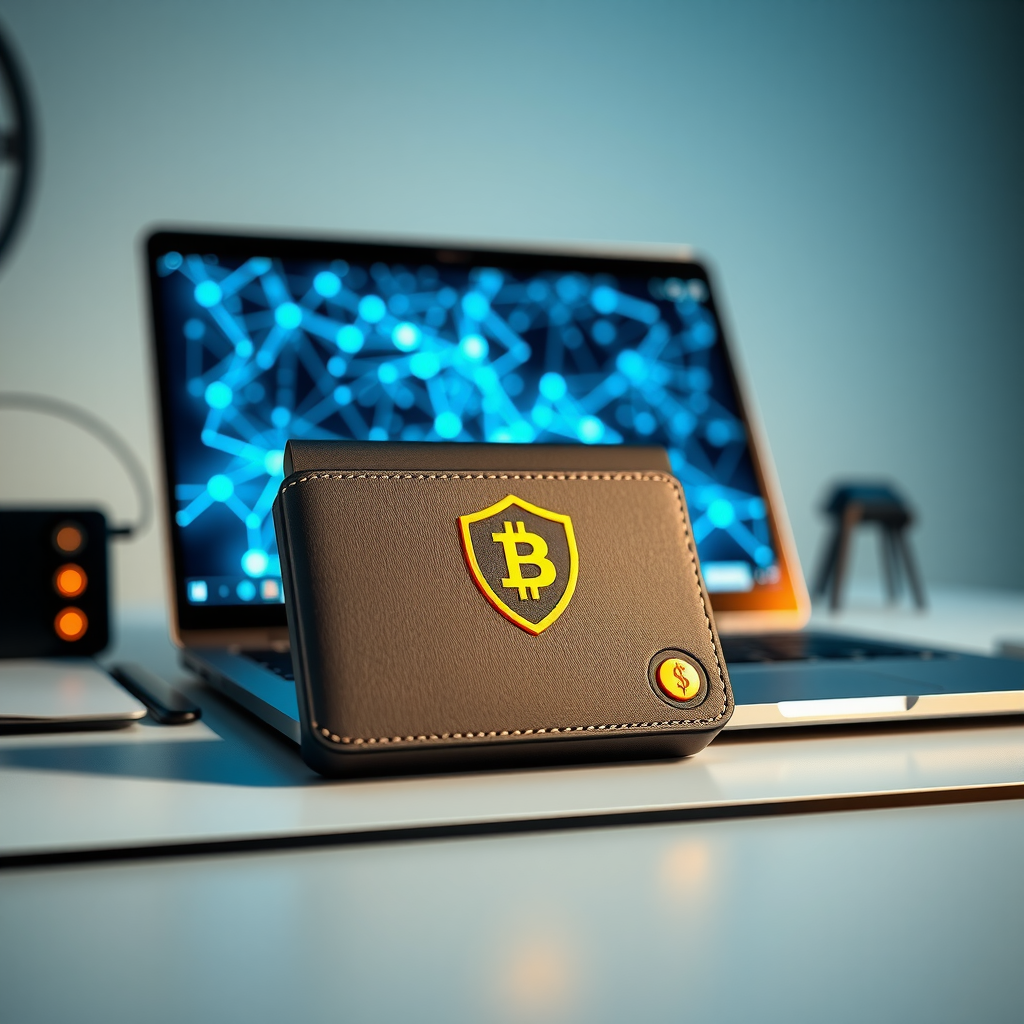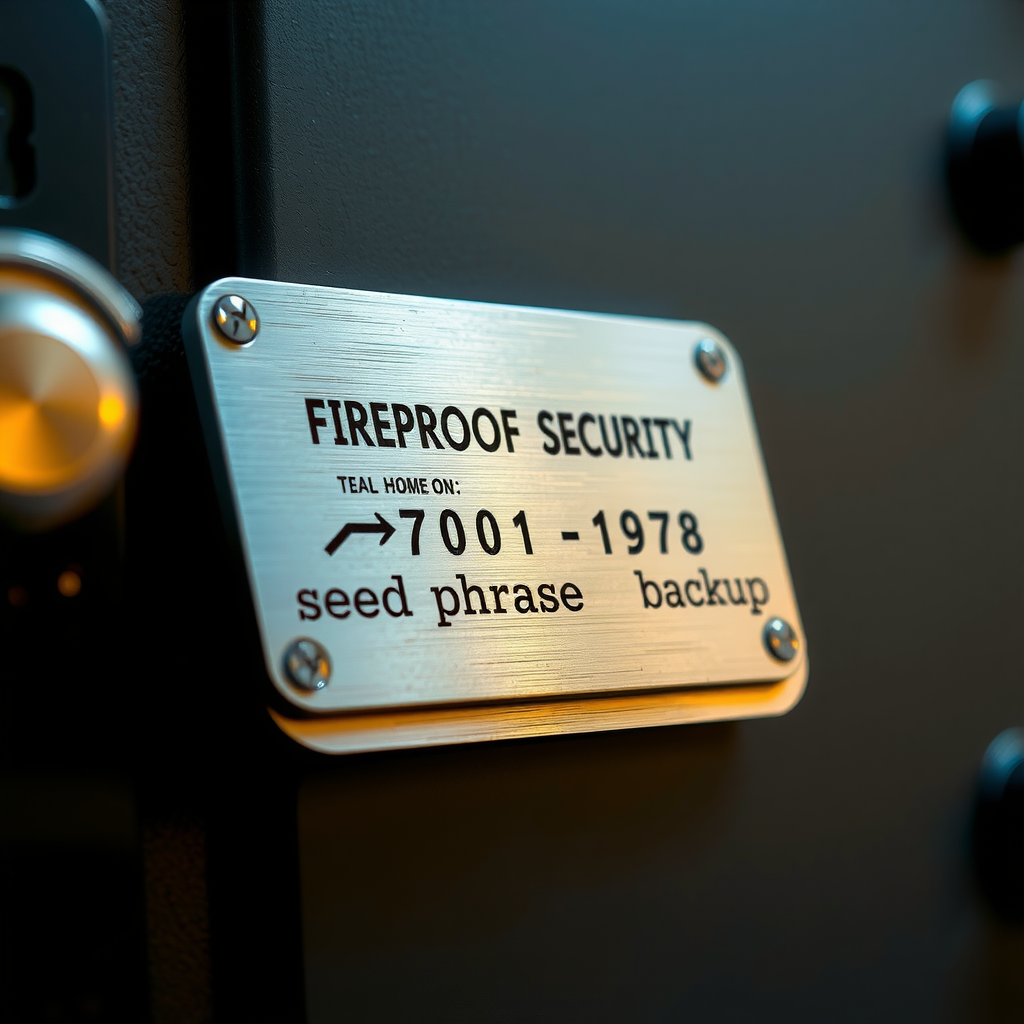Published on September 22, 2024
Cryptocurrency Wallet Security: Best Practices for Protecting Your Digital Assets

The security of cryptocurrency wallets represents one of the most critical aspects of digital asset management. As blockchain technology continues to evolve and cryptocurrency adoption accelerates, understanding how to properly secure your digital holdings has never been more important. This comprehensive guide explores the fundamental principles of wallet security, examines different wallet types, and provides actionable strategies for protecting your investments.
Understanding Cryptocurrency Wallet Types
Before implementing security measures, it's essential to understand the different types of cryptocurrency wallets available. Each wallet type offers distinct advantages and security considerations that align with different use cases and risk profiles.
Hardware Wallets: The Gold Standard
Hardware wallets represent the most secure option for storing cryptocurrency. These physical devices store private keys offline, completely isolated from internet-connected systems. Popular hardware wallet manufacturers include Ledger, Trezor, and KeepKey, each offering robust security features and support for multiple cryptocurrencies.

The primary advantage of hardware wallets lies in their cold storage capability. By keeping private keys offline, these devices eliminate the risk of remote hacking attempts. Even when connected to a compromised computer, hardware wallets maintain security through secure element chips and transaction verification displays that allow users to confirm operations directly on the device.
Software Wallets: Balancing Convenience and Security
Software wallets, including desktop, mobile, and web-based solutions, offer greater convenience for frequent transactions. While they provide easier access to funds, they also introduce additional security considerations due to their connection to the internet. Popular software wallets like Exodus, Electrum, and MetaMask have implemented various security features to mitigate these risks.
When using software wallets, encryption becomes paramount. Strong password protection, two-factor authentication, and regular software updates form the foundation of software wallet security. Additionally, users should only download wallet applications from official sources and verify digital signatures to prevent malware installation.
Essential Security Protocols
Seed Phrase Management
The seed phrase, also known as a recovery phrase or mnemonic phrase, serves as the master key to your cryptocurrency holdings. This sequence of 12 to 24 words can restore access to your wallet if your device is lost, stolen, or damaged. Proper seed phrase management represents the single most important security practice for cryptocurrency holders.
Critical Security Note: Never store your seed phrase digitally. Avoid taking screenshots, saving it in cloud storage, or sending it via email or messaging apps. Physical storage in a secure location remains the only truly safe method.
Consider using metal backup solutions designed specifically for seed phrase storage. These fireproof and waterproof devices provide superior protection compared to paper storage. Additionally, implementing a multi-location backup strategy ensures recovery capability even in the event of natural disasters or theft.

Multi-Signature Authentication
Multi-signature wallets require multiple private keys to authorize transactions, significantly enhancing security for high-value holdings. This approach distributes control across multiple devices or individuals, preventing single points of failure. Organizations and individuals managing substantial cryptocurrency portfolios should seriously consider implementing multi-signature solutions.
Common multi-signature configurations include 2-of-3 setups, where any two of three authorized keys can approve transactions. This arrangement provides both security and redundancy, allowing transaction authorization even if one key becomes unavailable while preventing unauthorized access if a single key is compromised.
Common Security Pitfalls to Avoid
Phishing Attacks and Social Engineering
Phishing remains one of the most prevalent threats to cryptocurrency security. Attackers create convincing replicas of legitimate wallet interfaces, exchange platforms, or support services to trick users into revealing sensitive information. Always verify website URLs carefully, bookmark legitimate sites, and never click links in unsolicited emails or messages claiming to be from cryptocurrency services.
Social engineering attacks exploit human psychology rather than technical vulnerabilities. Scammers may impersonate support staff, create fake investment opportunities, or use urgency tactics to pressure victims into making hasty decisions. Legitimate cryptocurrency services will never ask for your seed phrase, private keys, or passwords through any communication channel.
Public WiFi and Unsecured Networks
Accessing cryptocurrency wallets over public WiFi networks exposes users to significant security risks. Man-in-the-middle attacks can intercept communications between your device and wallet services, potentially compromising credentials or transaction data. When accessing wallets remotely, always use a trusted VPN service to encrypt your connection and protect sensitive information.

Advanced Security Strategies
Portfolio Diversification Across Wallets
Implementing a tiered wallet strategy helps balance security and accessibility. Consider maintaining three types of wallets: a cold storage wallet for long-term holdings, a warm wallet for medium-term assets, and a hot wallet for daily transactions. This approach limits exposure while maintaining operational flexibility.
Allocate the majority of your cryptocurrency holdings to cold storage solutions, keeping only necessary amounts in more accessible wallets. Regular rebalancing ensures that your security posture remains aligned with your actual usage patterns and risk tolerance.
Regular Security Audits
Conducting periodic security audits of your cryptocurrency holdings helps identify vulnerabilities before they can be exploited. Review wallet software versions, verify backup integrity, assess password strength, and confirm that all security features remain properly configured. Schedule these audits quarterly or whenever significant changes occur in your cryptocurrency management practices.
Document your security procedures and maintain an updated inventory of all wallets, including their purposes, approximate holdings, and backup locations. This documentation proves invaluable during emergency recovery situations while helping identify potential security gaps in your overall strategy.
Implementing a Comprehensive Security Framework
Effective cryptocurrency security requires a holistic approach that addresses technical, operational, and behavioral aspects. Begin by selecting appropriate wallet solutions that match your security requirements and usage patterns. Implement strong authentication mechanisms, including hardware security keys where possible, and maintain rigorous backup procedures.
Security Checklist
- Use hardware wallets for significant holdings
- Store seed phrases securely offline in multiple locations
- Enable two-factor authentication on all accounts
- Verify all transaction details before confirming
- Keep wallet software updated to latest versions
- Use unique, strong passwords for each service
- Avoid accessing wallets on public networks
- Regularly audit security practices and holdings
Education remains a critical component of cryptocurrency security. Stay informed about emerging threats, new security technologies, and evolving best practices. Participate in cryptocurrency communities, follow security researchers, and maintain awareness of common attack vectors targeting digital asset holders.

Conclusion
Cryptocurrency wallet security demands vigilance, knowledge, and consistent application of best practices. By understanding different wallet types, implementing robust security protocols, avoiding common pitfalls, and maintaining a comprehensive security framework, you can significantly reduce the risk of losing your digital assets to theft or compromise.
Remember that security is not a one-time setup but an ongoing process requiring regular attention and adaptation. As the cryptocurrency ecosystem evolves, so too must your security practices. Invest time in understanding security fundamentals, stay current with emerging threats, and never compromise on the protection of your digital assets. The effort invested in proper security measures today will provide peace of mind and asset protection for years to come.
Whether you're managing a modest cryptocurrency portfolio or substantial digital holdings, the principles outlined in this guide provide a solid foundation for protecting your investments. Take action today to review and strengthen your wallet security, ensuring that your cryptocurrency journey remains both profitable and secure.